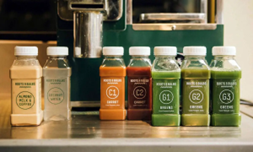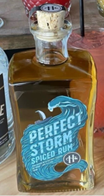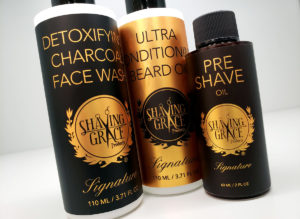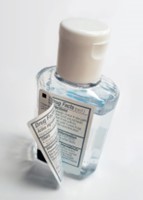Every year, new printed packaging trends emerge as a result of different market forces. Economic conditions, consumer preferences, and federal regulations can have a significant impact on label design and the desired effect that companies want their sourced labels to achieve. Consumer products companies seek label designs that can cut through the clutter on the retail shelf and differentiate their brand. Industrial, medical diagnostic, and durables companies prioritize application resilience and regulatory compliance with their labels to ensure optimal functionality and durability.
In 2023, we’re seeing an increase in some printed packaging trends as market forces continue to shift and consumer purchasing patterns evolve. Many of these trends are echoed in conversations that we’re having with our customers, and their own goals when it comes to product decoration and consumer demand. We’ve compiled a list of the four most important printed packaging trends that we’ve seen increase in the market so far this year.
1. Re-Emergence of the ‘No-Label Look’:
Also referred to as transparent or clear packaging, the no-label look design trend surfaced in the 1980s as beverage companies looked for a unique way to differentiate their products that were packaged in glass. Today, we’re seeing an emergence of this trend beyond just the beverage segment. Food, health and beauty, nutraceuticals, cannabis, and household chemicals are all markets where the no-label look has made a comeback as brands come up with simplistic yet captivating designs to grab consumers attention at the point of purchase.
design trend surfaced in the 1980s as beverage companies looked for a unique way to differentiate their products that were packaged in glass. Today, we’re seeing an emergence of this trend beyond just the beverage segment. Food, health and beauty, nutraceuticals, cannabis, and household chemicals are all markets where the no-label look has made a comeback as brands come up with simplistic yet captivating designs to grab consumers attention at the point of purchase.
2. Bold Typography and Punchy Graphics:
In 2023 we have seen designs become bolder, brighter and more expressive than ever. These visually stunning designs are created to grab consumers attention and to more effectively convey brand identity. We’re seeing an increase in the use of oversized, striking fonts that can deliver a sense of artistic flair and confidence. The increased use of distinctive typefaces allows brands to show their companies’ personalities and to take (calculated!) risks on the retail shelf. These labels also offer a unique way for products to be more memorable, making an impression that potential buyers are more likely to remember.
expressive than ever. These visually stunning designs are created to grab consumers attention and to more effectively convey brand identity. We’re seeing an increase in the use of oversized, striking fonts that can deliver a sense of artistic flair and confidence. The increased use of distinctive typefaces allows brands to show their companies’ personalities and to take (calculated!) risks on the retail shelf. These labels also offer a unique way for products to be more memorable, making an impression that potential buyers are more likely to remember.
3. Tactile Effects and Foiling:

One of the most significant printed packaging trends that has emerged over the past three years is that consumer products companies want to give the consumer a more interactive and multi-sensory experience. As soon as a consumer pulls a bottle, tube, jar, tub or pouch from the shelf, a relationship is formed. In those seconds, the decision will be made to either return the product to the shelf or to purchase it. In 2023, companies are looking to build on that sensory experience and we’re seeing an increased use of foiling, specialty coatings, and embossing that provide a more tactile feel and multidimensional experience.
4. Increased Functionality to meet Regulations Demands:
By incorporating increased functionality into their labels, companies have the ability to not only keep up with regulatory requirements; these labels also potentially provide a more interactive experience with the consumer. Extended Content Labels are becoming more and more common in markets like pharmaceuticals, chemicals, lubricants and cosmetics packaging and enable brands to optimize ingredient and instructional content in the same-sized footprint as a single label. Additionally, these labels allow companies to eliminate the need for secondary packaging like cartons and inserts – saving costs and increasing sustainability practices.
labels, companies have the ability to not only keep up with regulatory requirements; these labels also potentially provide a more interactive experience with the consumer. Extended Content Labels are becoming more and more common in markets like pharmaceuticals, chemicals, lubricants and cosmetics packaging and enable brands to optimize ingredient and instructional content in the same-sized footprint as a single label. Additionally, these labels allow companies to eliminate the need for secondary packaging like cartons and inserts – saving costs and increasing sustainability practices.
Whether you want the no-label look, bolder graphics, tactile effects or increased functionality, Graphic Communications provides tailored solutions to our customers’ needs. Our family-owned business has been providing labeling and printed packaging solutions for nearly half a century. Got a label challenge? Need a decoration solution for your products? Let us know how we can help you more effectively speak to your own customers and meet the shifting requirements of today’s marketplace.
